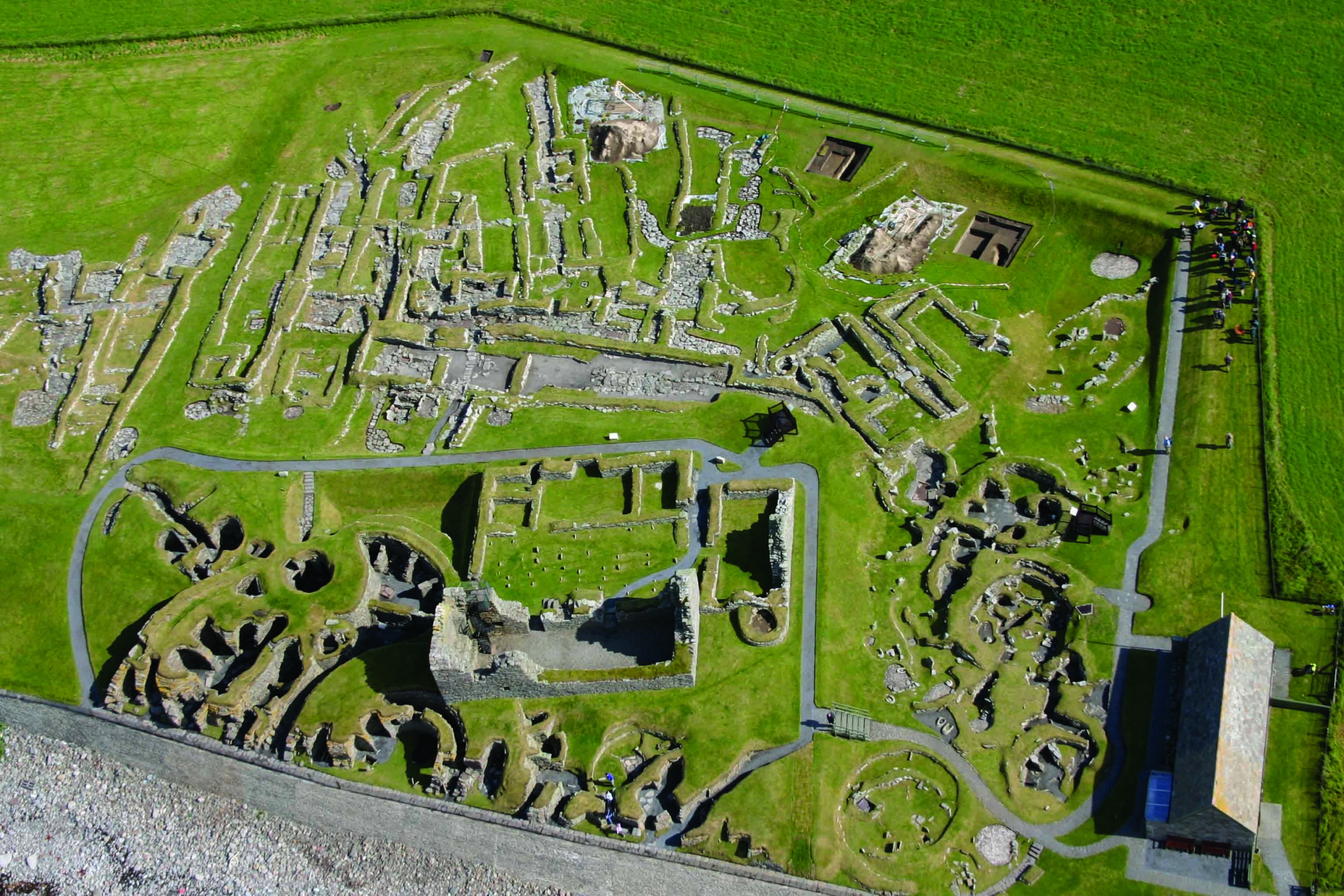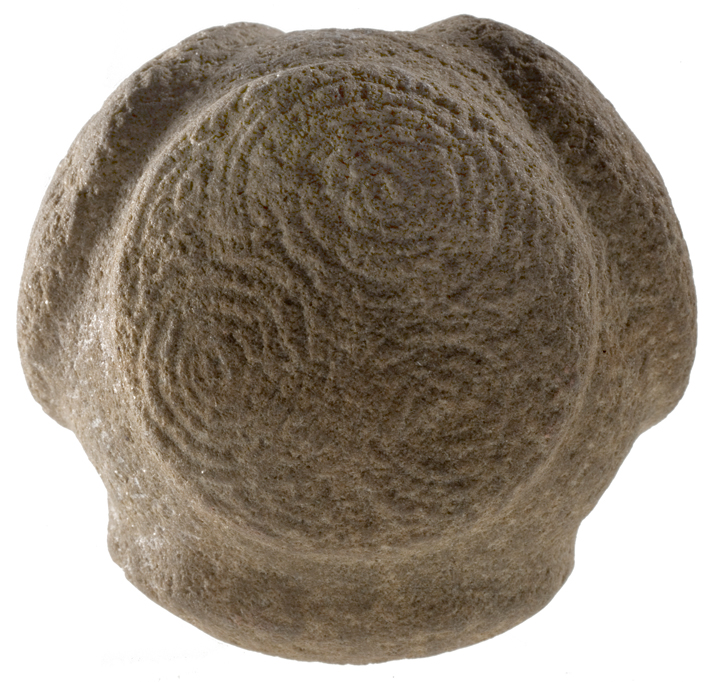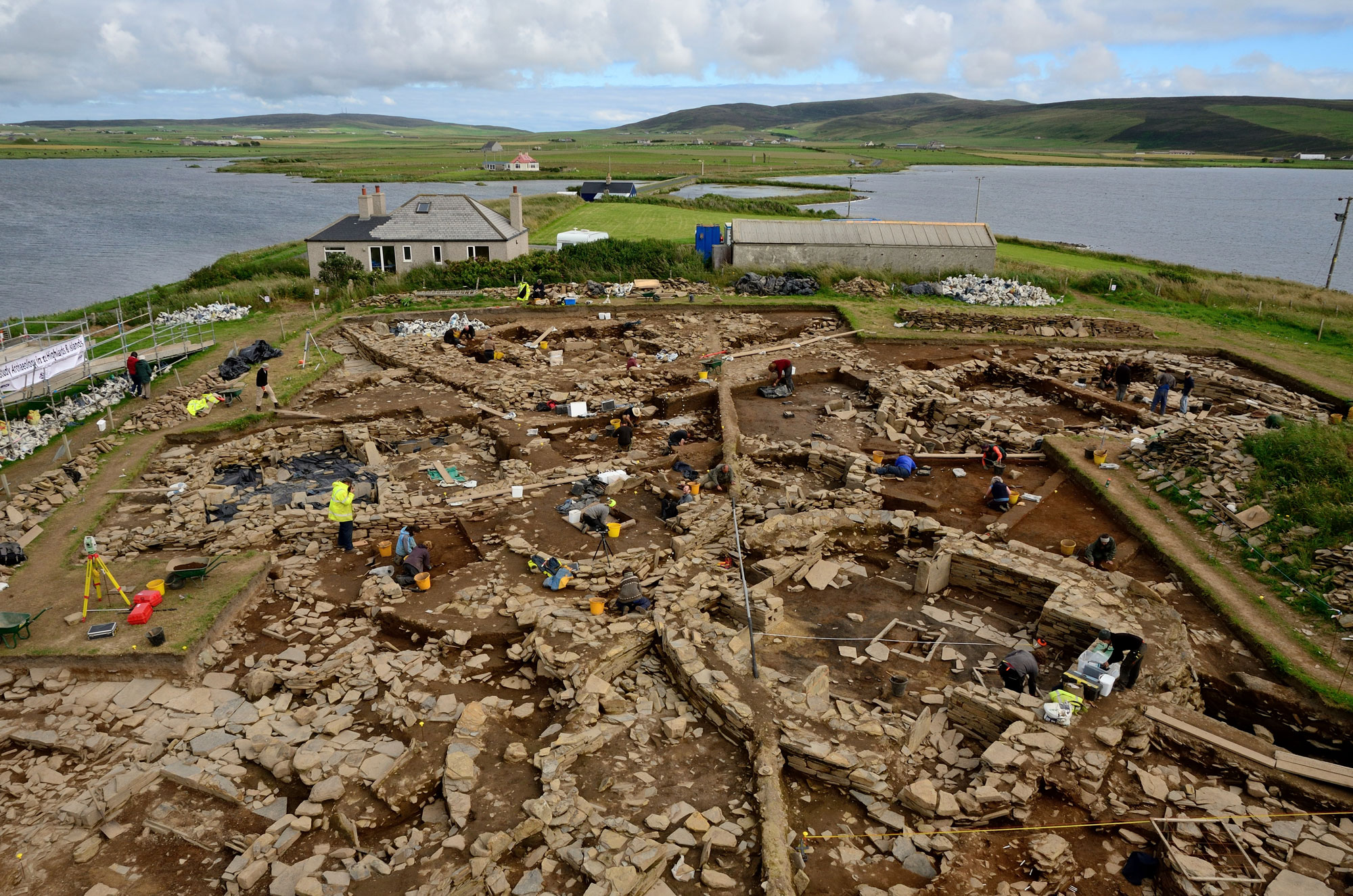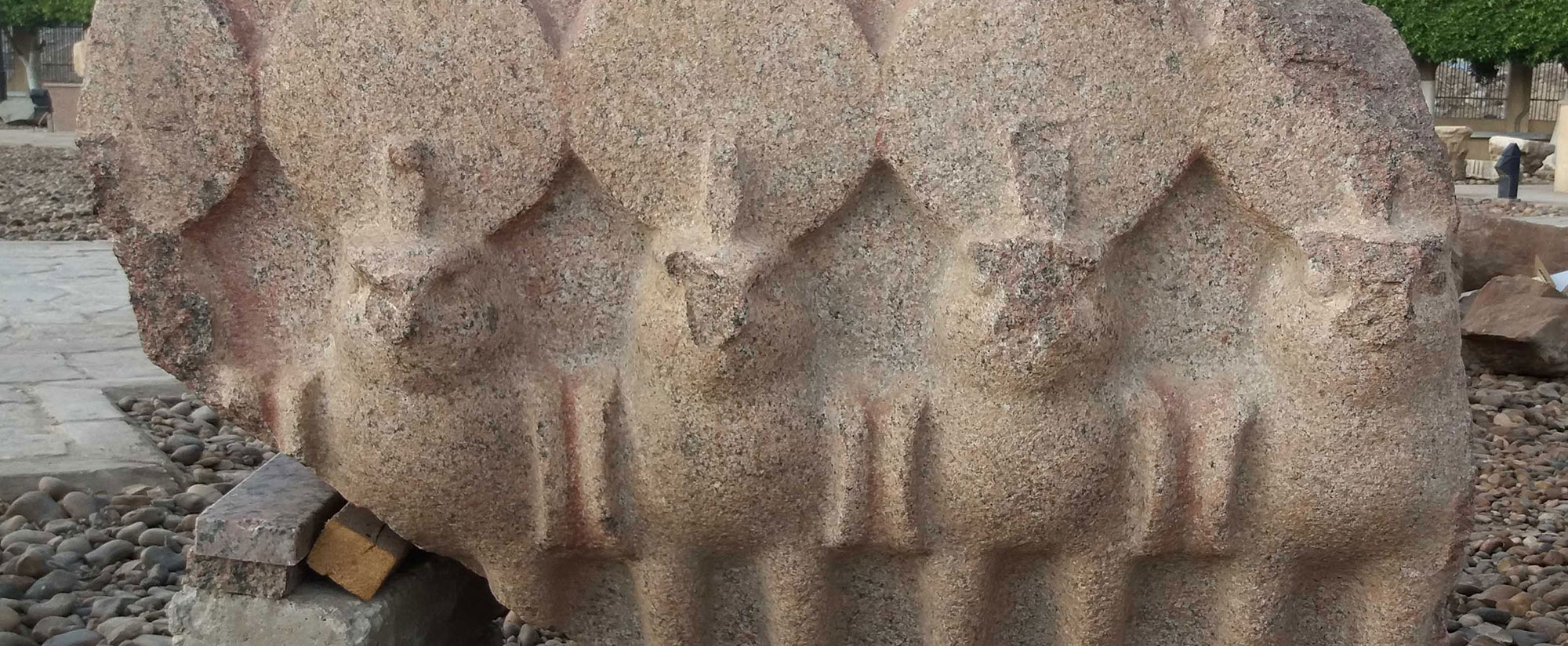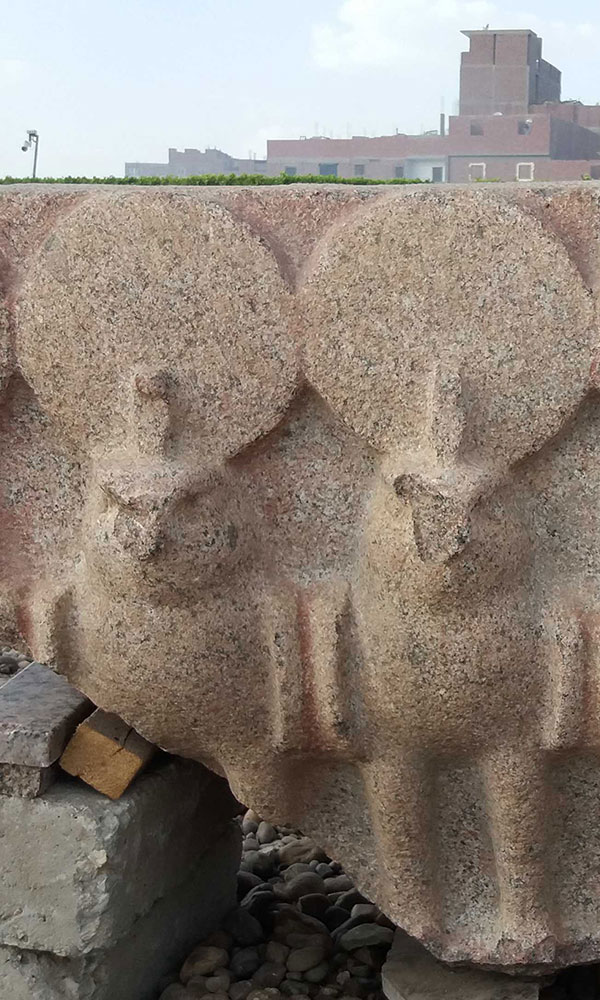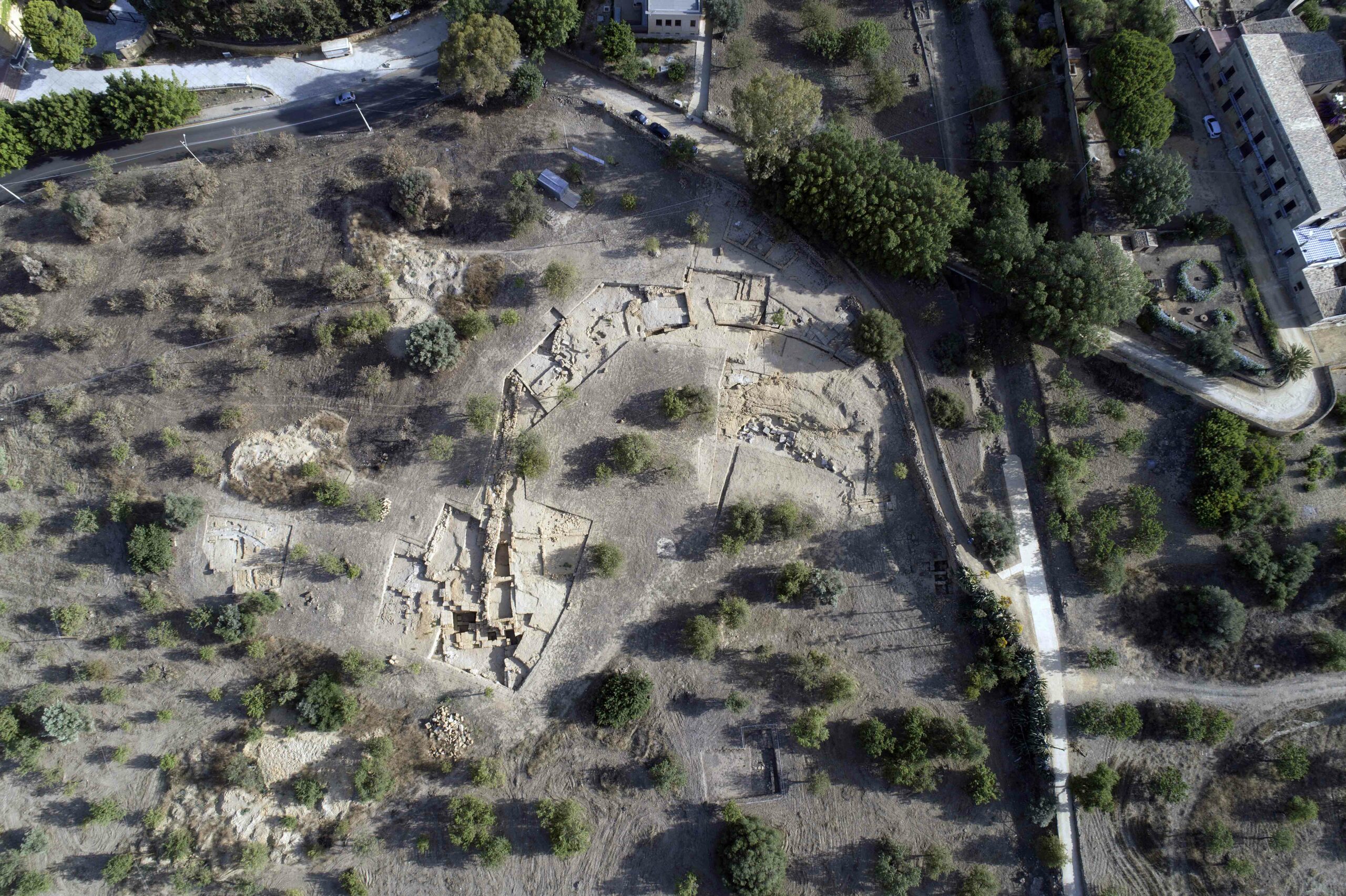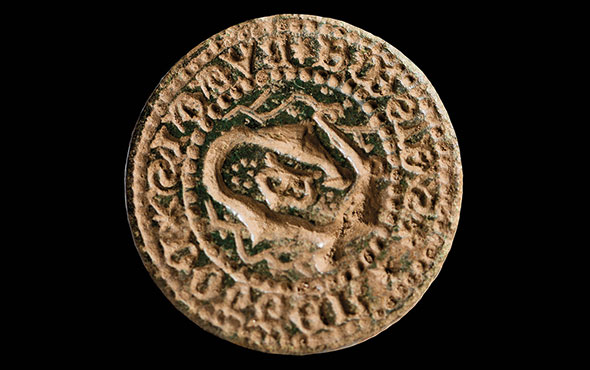
EDINBURGH, SCOTLAND—According to a report in The Guardian, scientists have reconstructed the face of a dog that lived on Mainland, the largest of the Orkney Islands, some 4,500 years ago. Unearthed in 1901, its skull was one of 24 dog skulls that were deposited in a chambered cairn known as Cuween Hill some 500 years after the tomb was built. The animal, though domesticated, retained some wolf-like characteristics, and stood about as tall as a large collie. “People have speculated as to whether the fact you get so many dogs in one tomb, which is very, very unusual, suggests there was some kind of totemic thing,” said Alison Sheridan of National Museums Scotland. Similar collections of animal parts, from creatures such as sea eagles and red deer, have been discovered in other Neolithic tombs, Sheridan explained, so the people who lived near Cuween Hill may have considered themselves “the dog people.” To read in-depth about archaeology on the Orkney Islands, go to “Neolithic Europe's Remote Heart.”


